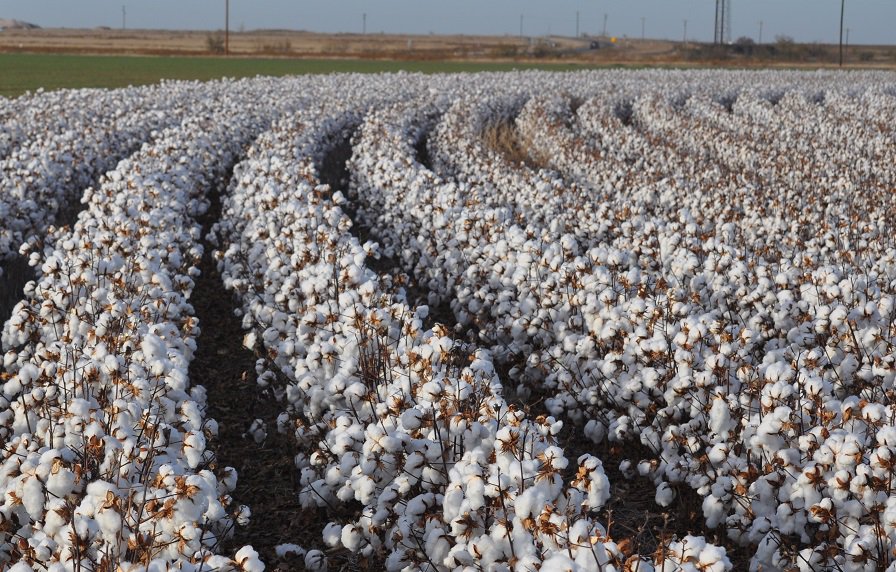One of the more technical terms that comes into play with cotton is the word “micronaire.” While many farmers and manufacturers are probably familiar with this measurement, the layman probably isn’t. But if you’re here—whether as a self-educating consumer or a product developer hoping to learn more about cotton—then understanding what a micronaire is will help you understand one of cotton’s most important properties.
What is a Micronaire?
Cotton Inc. defines the micronaire as follows:
Micronaire (MIC) is a measure of the air permeabilty of compressed cotton fibers. It is often used as an indication of fiber fineness and maturity.
For those that have been dealing with man-made synthethic fibers there is a way to relate. To get a ballpark value of denier (fiber diameter) can be calculated by dividing micronaire by 2.82.
But why is this important? Fiber fineness and maturity are critical for fiber processing, as well as fiber quality. Per the International Trade Centre’s Cotton Exporter’s Guide, cotton’s micronaire measurement impacts the following:
- Processing waste
- Neps (those knots of tangled fiber)
- Spinning performance
- Yarn and fabric quality
- Dyed fabric appearance
So much like with Golidlocks’ porridge, it’s important that the micronaire measurement not be too high or too low. For yarn manufacturing it needs to be “just right.” If it’s not, you can anticipate that processing will be a hassle, or that there’s a good chance you’ll end up with uneven dye shades. The higher micronaire fiber is desired for purified cotton. It is easier to purify and forms let neps during processing (small knots of fibers). Also the larger diameter resists bending or collapse, leaving more space between the fibers for holding liquids (increased absorbency). Note that purification does not change the fiber micronaire.
What Measurement is “Just Right”?
Here’s a breakdown of micronaire readings, from most desirable to least desirable:
- Readings of 3.7-4.2: Premium
- Readings of 3.5-3.6 or 4.3-4.9: Base
- Readings of 3.4-and-under or 5.0-and-higher: Discount
Most of that is cotton grown spun into yarn and micronaire values between 3.7 and 4.2 are optimum for yarn spinning, hence the premium value and the target for farmers. When the measurement comes in too low (too thin), the cotton is more susceptible to entangling around debris, which means too much of the good fiber will also be lost. When it’s too high (too thick), it also causes problems since a coarser fiber negatively affects the spinning process, as well as overall quality. It’s very difficult to spin “high-mike” cotton into fine yarn. As said above, higher micronaire is preferred for cotton purification.
What Contributes to the Count?
While most farmers are judicious in their growing, often nature has other ideas. Typically, if the growing season ends too early you can have cotton with a lower micronaire. For example, an early frost will obviously inhibit fiber development. On the other hand, higher micronaire values come from other issues like drought stress, water stress, or higher yields. In these scenarios, the plants overproduce carbohydrates, which make the fiber’s cell walls thicker. Whether we’re talking a couple of decades ago or a couple of years ago, there are challenges that cotton farmers continue to face.
The Micronaire: Now You Know
If you’re taking only one fact away from this post, it should be the following: the micronaire is a critical measurement in determining how easily cotton fiber can be processed, and is a key factor in determining potential quality. Each bale of cotton in the U.S. is tested by the USDA and the fiber micronaire is provided to the bale buyers. If you’re still itching to learn more, we’ll suggest this 2005 article from the Journal of Cotton Science. It has all of the technical data, charts, and equations you could ever ask for.
Source: barnhardtcotton.net

